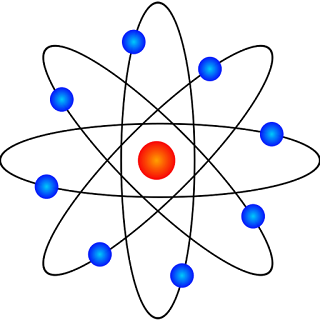Who am I? Have a you ever read a spiritual article and come across this question. But don't worry, I am not going to talk about your soul and spirituality. But still, I wish to ask you this question. What would be your answer when asked - who are you? Some of us will say their names and some will talk about their other credentials. But what makes you different from other animals? Some will say that "I am a human". But are we really humans? Let's see why we can't technically call ourselves humans.
Microbial world in you- A human body consists of many different types of bacteria and their population outnumbers the human cells. According to earlier estimates, microbes outnumber human cells in the ratio of 10 to1. However, this figure has been revised recently in favor of human cells but still the ratio stands at 1.3 to1. A standard man who weighs 70 kilograms, 20 to 30 years old and 1.7 m tall, consists of on an average about 30 trillion human cells and 40 trillion bacteria. The number of different species in human gut lies somewhere between 300 and 1000, with most estimates at about 500. Most of this bacteria is not harmful to humans at all, but rather assists in maintaining health. These microbes help in the digestion of unutilized energy substrates.
Human cells heavy hitters- The cells which are most numerous are red blood cells which are around 24.9 trillion. But the cells which contribute most to our mass are muscle cells. Since, women have lesser blood volume, so their bacteria to human cell ratio may be 30 percent higher than that of men.
Toilet makes you more you- Most of the bacteria live in our colon which is around 39 trillion. Through every bowel movement, you get rid of a few trillion bacteria and the ratio is flipped in favor of human cells. So, if some wise person advises you to be yourself, then you must clarify whether he wants you to go to toilet.
We know now that if you really wanna be you, go to the loo.
References-
https://en.wikipedia.org/wiki/Human_microbiota
http://www.nature.com/news/scientists-bust-myth-that-our-bodies-have-more-bacteria-than-human-cells-1.19136
https://www.sciencenews.org/article/body%E2%80%99s-bacteria-don%E2%80%99t-outnumber-human-cells-so-much-after-all
https://en.wikipedia.org/wiki/Gut_flora









